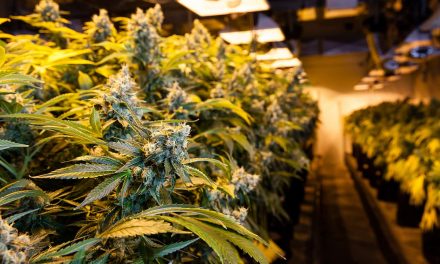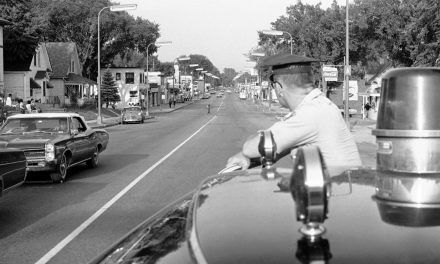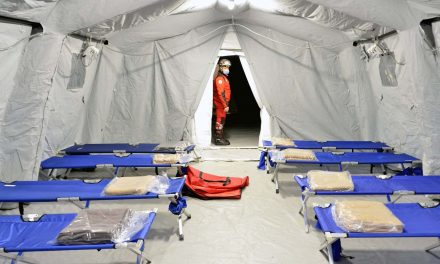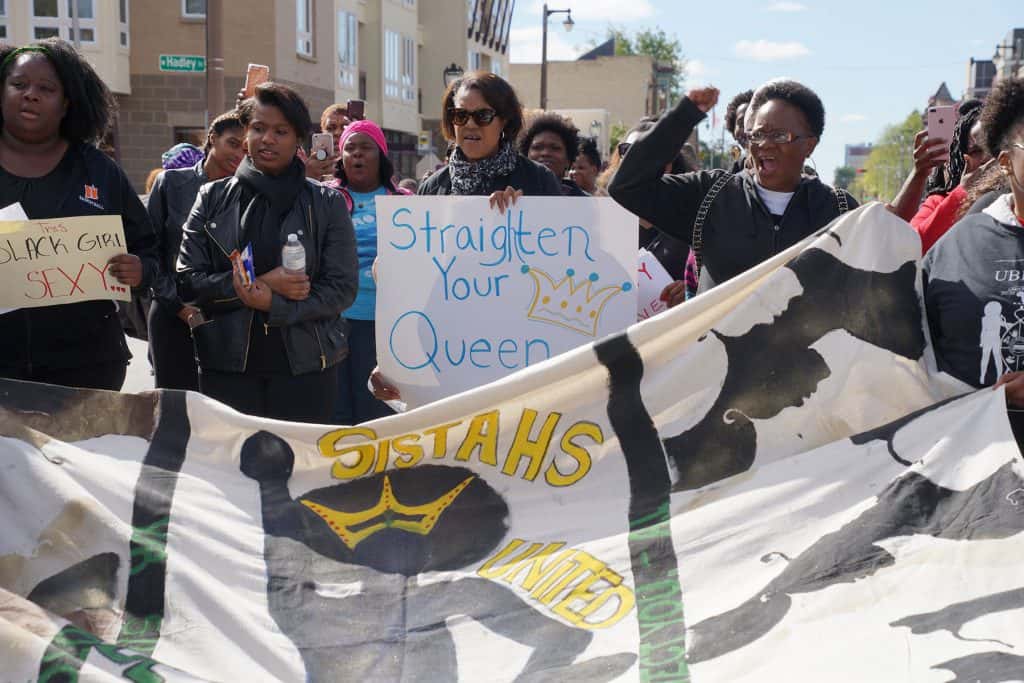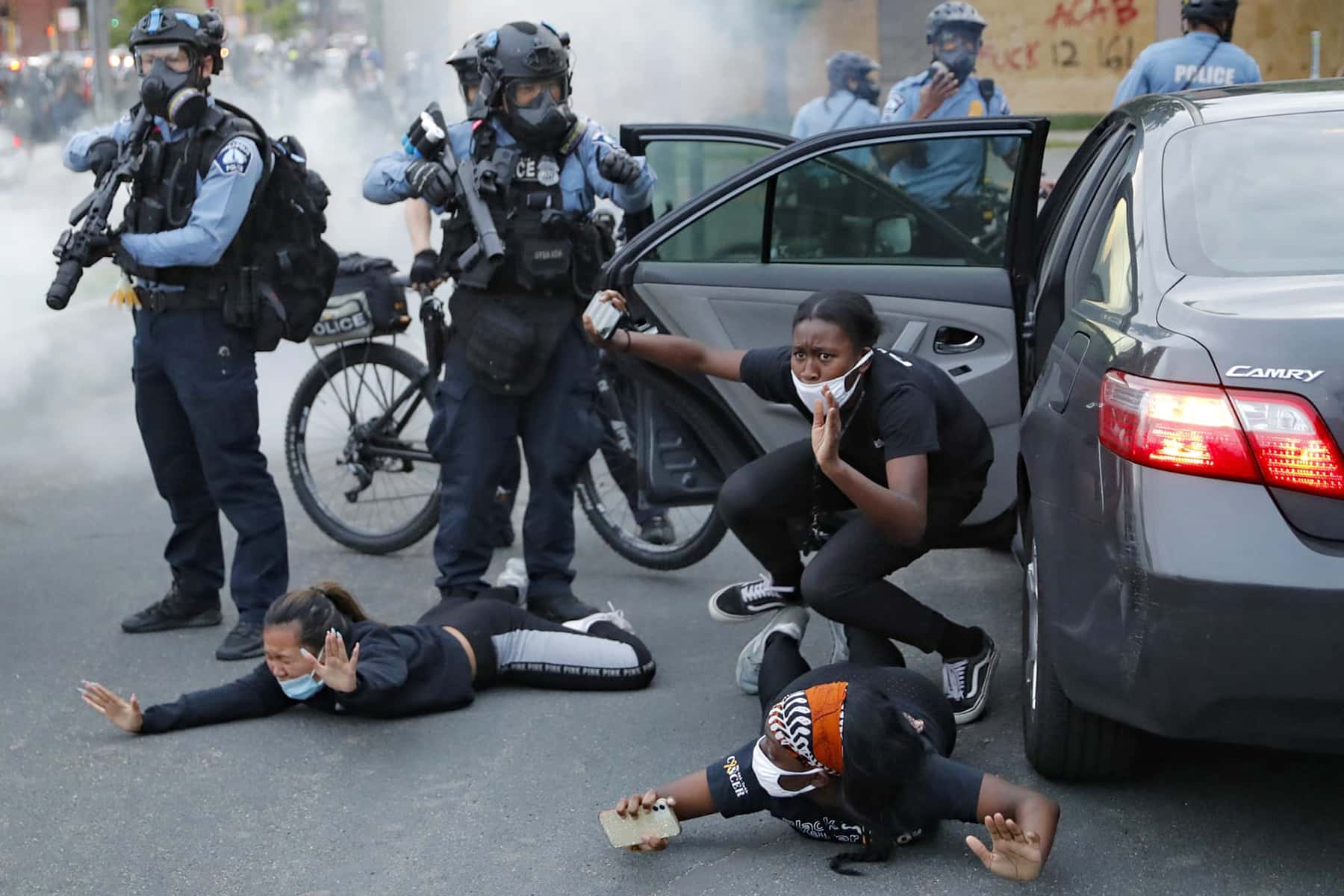
The word “violence” is going to be used a lot to describe the events in American cities over the coming days. So it is going to be important to be clear about who is violent and what violence is.
Property destruction and harming human beings are profoundly different actions, and with a few exceptions – seemingly interlopers in the protests – virtually all the violence visited on human beings during this round of civil unrest across the United States has been inflicted by police.
This began with the death of George Floyd in public in direct violation of what the Minneapolis police department manual says about chokeholds. He told officers he couldn’t breathe and begged for his life. What is particularly stunning about the brutality of the police across the country is that they seem to expect impunity. They do not serve the public or keep the peace; they serve themselves.
Nevertheless, much of the finger-wagging has been about property destruction, and it is dismaying to see that some are more upset about broken glass than public killing – or rather that they seem to believe society ought to rest on a foundation of stable property relations, not human rights and justice.
The distinction between damaging or destroying human beings and inanimate objects matters. But it’s not simple. People trapped inside a burning building break down the doors to escape; an estranged husband with a restraining order breaks down a door to further terrorize his ex-wife. The same actions mean different things in different situations.
Martin Luther King famously called riots “the voice of the unheard” – and as the outcry of people who have tried absolutely everything else for centuries, property damage means something very different from merely malicious or recreational destruction. When they riot, the black people most impacted by police brutality and by four centuries of poverty, dehumanization and deprivation of basic rights and equality, are more like people trapped inside that burning house trying to break out.
There is no easy way to distinguish between ardent white supporters of a black uprising and black bloc-style white people who revel in property destruction, taunting the police and escalating situations – before often slipping away before the police crack down. They are anti-authoritarians opposed to police brutality and the overreach of the state, and should not be confused with the rightwing authoritarians who many fear will use the pandemonium as cover for their own agenda, which could include creating more chaos.
What these authoritarians and anti-authoritarians often have in common is an enthusiasm for violence for its own sake and a belief that it is revolutionary. Most successful recent revolutions have, in fact, been largely nonviolent, and those that were violent have tended more toward highly disciplined guerrillas in the mountains than window-smashers on the high street.
It’s important to note, of course, that property destruction can hurt the very constituencies that riots and uprisings are supposed to speak for. The loss of small minority-owned businesses, social centers and local amenities further impoverishes communities. Here, it’s worth noting that I’ve read accounts of residents of Minneapolis trying to put out fires and otherwise protect property in their own neighborhoods, only to be attacked by police as they did so.
A Minneapolis nursery school teacher told me that earlier this week: “My brothers-in-law in Minneapolis were participating in the hosing-down of an active fire in the lot next to their house (a bank). These were community members keeping the fire from reaching their homes. Fire and police were not on the scene until many hours later, being occupied elsewhere … But the MPD police did stop by at one point in the middle of the night to throw teargas into the midst of the neighbors doing this work, and to shoot rubber bullets at the guys spraying the fire down.”
A dozen years ago, when I wrote a book about civil society response to urban disaster, I learned the term “elite panic.” It describes how the authorities often respond in an emergency – not by protecting and aiding the public but by seeking to control and repress us, protecting nothing but their own power and position. Police across the country seem to be doing this and more, demonstrating the same impunity the killers of George Floyd seemed to be counting upon.
One of the stunning things about Saturday night’s police riot was the direct and intentional violence against journalists across the nation. Reporters have been arrested while working, thrown to the ground and pepper-sprayed, hit with rubber bullets and fired on while broadcasting. Photojournalist Linda Tirado is now blind in one eye after being shot by police. This is not only an assault on individuals but on the role of a free press in keeping the government accountable and the public informed.
The story of activist violence is often used to justify police violence, but damage to property is not a justification for wholesale violence against children, passersby, journalists, protesters, or anyone at all. It is the police who should have lost their legitimacy, over and over, after the many individual killings from Eric Garner to Walter Scott to Breonna Taylor to George Floyd. And after reckless, entitled, out-of-control violence in police riots like that on Saturday night. Perhaps the point of their action this week is that they don’t need legitimacy, just power.
There is one more kind of violence to talk about, and that’s structural violence. That is the way that institutions and societies are organized to oppress a group of people, and for black Americans, that’s included slavery, the long terrorism of Jim Crow and lynching, voter suppression from the 19th century to the present, redlining and subprime mortgages, discrimination in housing, education, and employment and far more.
Right now, several forms of structural violence that particularly matter are the chronic stress and lack of access to healthcare, housing issues, and work situations that have made black Americans die of COVID-19 at far higher rates than other races.
The autopsy report cited in the arrest warrant for the man charged with George Floyd’s murder suggested his death was due to hypertension and a heart condition; it was, in fact, caused by police brutality and violation of civil rights, and his health issues, if true, might be just part of that same spectrum of structural violence. The police have been agents of this all along, and when they come out with teargas and clubs to suppress uprisings, they announce that this is who they are and who they want to be: violence in service of violence.
Who is this serving?
— jordan (@JordanUhl) May 31, 2020
Who is this protecting? pic.twitter.com/IK8DkwLLUT
Again…
— jordan (@JordanUhl) June 1, 2020
Who is this serving?
Who is this protecting? pic.twitter.com/FPMnPxUaMl
Rеbеccа Sоlnіt
Jоhn Mіnchіllо
Originally published on The Guardian as As the George Floyd protests continue, let’s be clear where the violence is coming from
Help deliver the independent journalism that the world needs, make a contribution of support to The Guardian.


